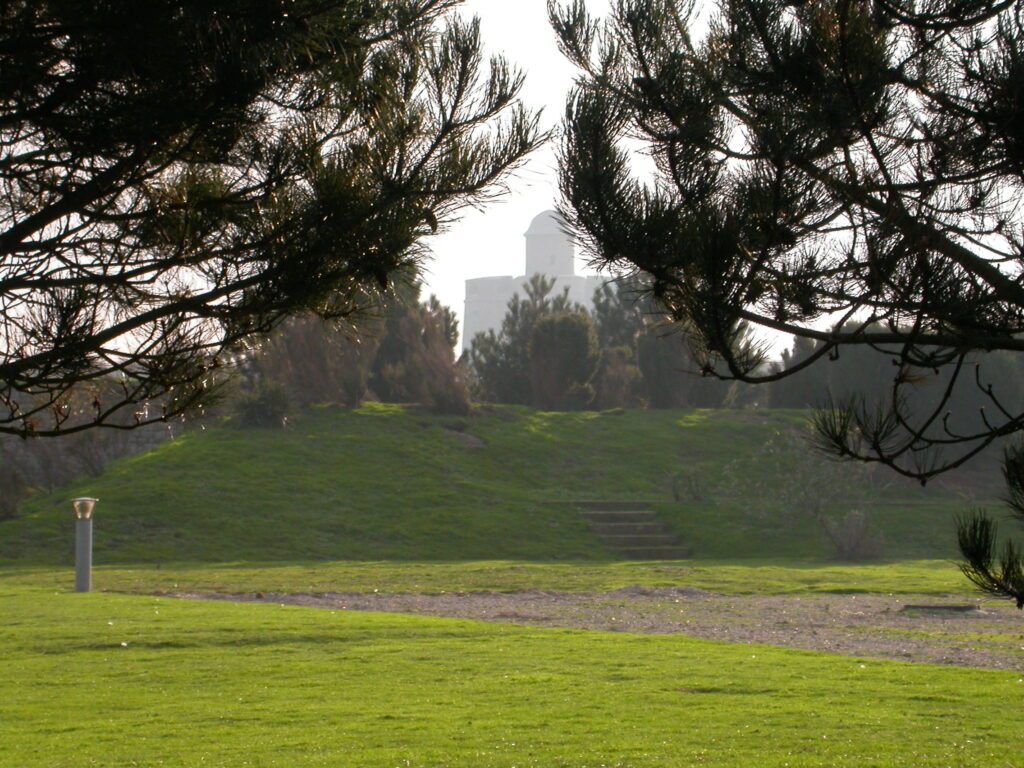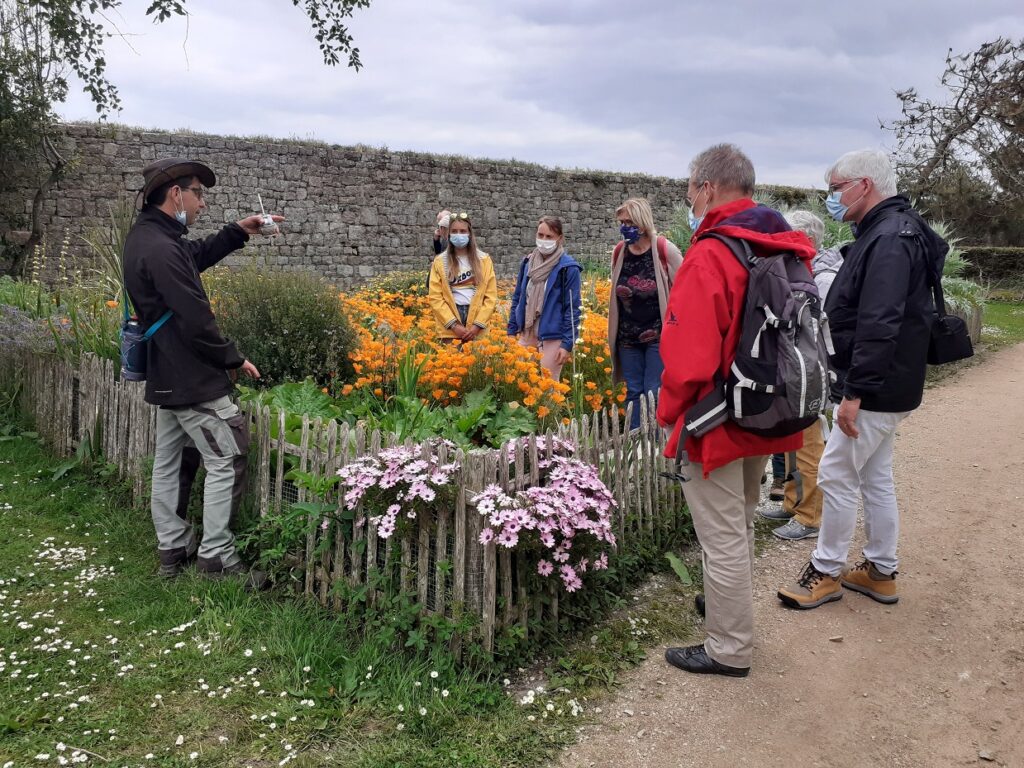Nature and Gardens
Wild flora and fauna
The Conservatoire du littoral ensures the protection of Tatihou Island. It has two goals: to increase biodiversity on the island and to manage the island in an environmentally friendly way. Tatihou Island harbours a wide variety of natural habitats on land and at sea that are home to remarkable wildlife and plants. Many different species are able to thrive at the site thanks to its insular nature, combined with a high tidal range. Various ecosystems are juxtaposed across a small, 69-acre surface area, including the swash mark, reefs, a mudflat, salt marshes and a small cliff.
Bird life
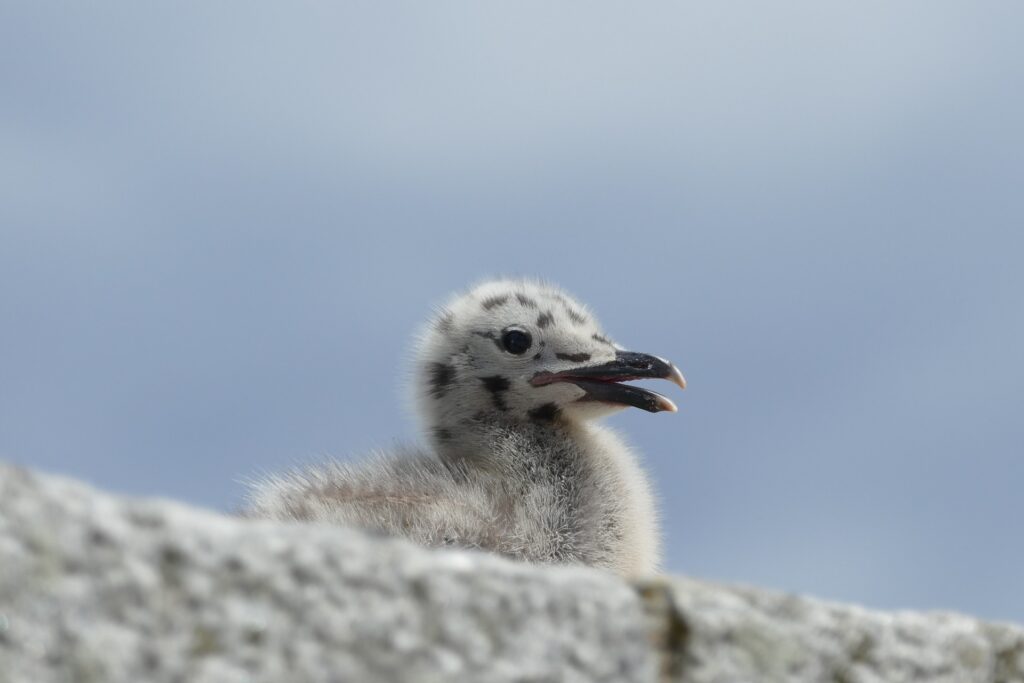
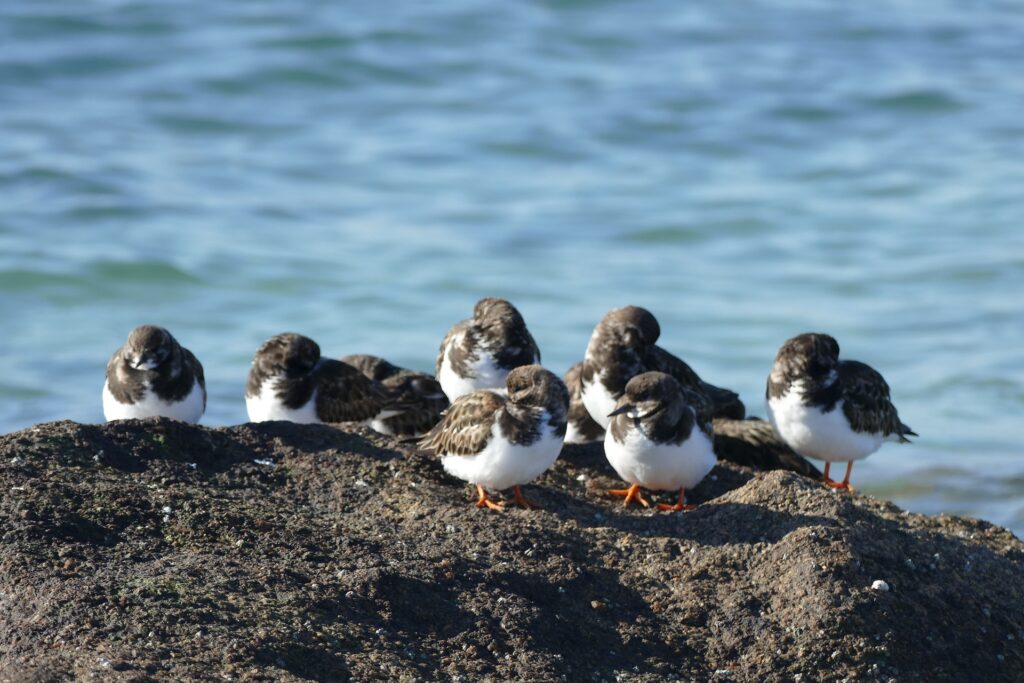
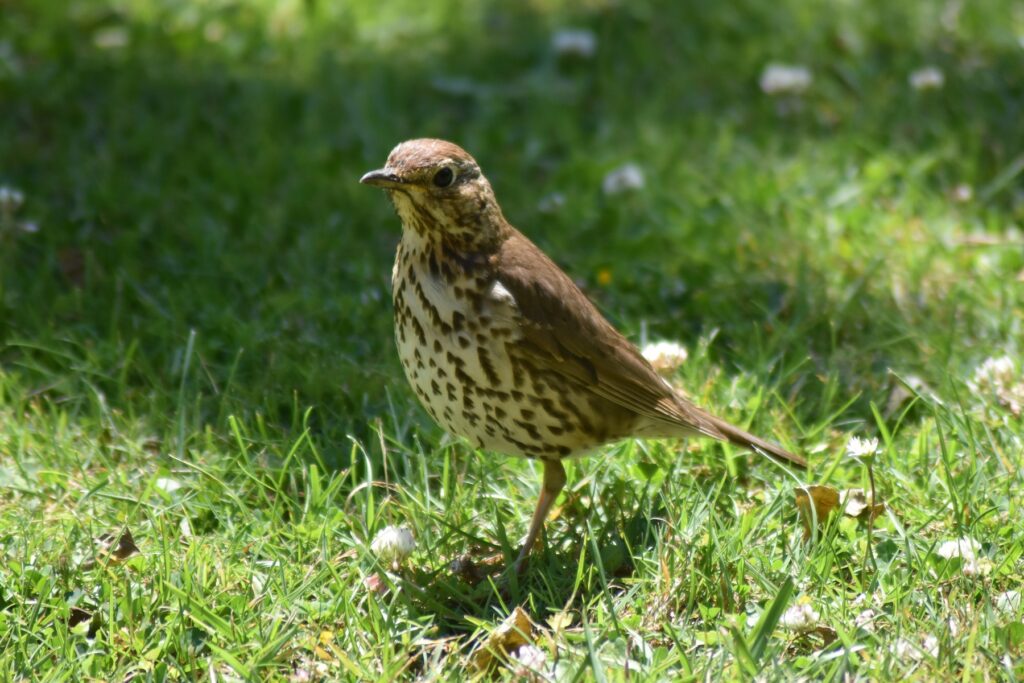
Tatihou Island and its surrounding areas are a major sanctuary for birds, which are more sheltered from hunting and disturbance here than on the mainland. They truly are a wonderful sight to behold! Over 150 species can be watched over the year according to ornithologists. They migrate, nest or spend the winter on Tatihou. The island boasts all kinds of beneficial habitats: mudflats, dunes, rocks, meadows, grassland exposed to saltwater spray, small cliffs and a rocky, sandy foreshore. Tatihou is a nesting, migratory and wintering ground right in the middle of Saint-Vaast-la-Hougue harbour.
Land-based mammals
How about counting some sheep? Ronan and Caroline, shepherds since 2016, have a whole flock, working together with the Symel (joint association for coastal areas) and GONm (Normandy-based ornithological group) to keep 70 ewes (Roussin de la Hague breed) grazing on the island. For the sheep help to maintain the grassland to
make it an ideal nesting site for birds in summertime.
Marine mammals
Did you know that dolphins and seals are commonly sighted around the island? What a joy when, aboard the amphibious boat, you happen to spot the bottlenose dolphin (Tursiops truncatus) just a short distance away from the island!
Two different seal species can be observed around Tatihou: The grey seal (Halichoerus grypus), which you can recognise thanks to its long muzzle and dark grey fur. The common or harbour seal (Phoca vitulina), meanwhile, has lighter fur, sometimes with a pattern of spots. These seals mainly feed on fish. They come from the Baie des Veys estuary further south.
Wild shrubs and plants
In summer, thrift forms a striking pink carpet near the southern dykes. Lichen, moss and ferns grow in the old walls. Yellow-horned poppies, sea spurge and the common restharrow can be found in areas exposed to sea spray. Tatihou is also a haven for some rare, protected plants such as sticky stork’s-bill and saltmarsh goosefoot. Shrubs on the island include hawthorn, common gorse, tamarisk and elder.
Tended gardens
Don’t be afraid to venture inside this walled enclosure, a botanical journey awaits! Sheltered from the sea spray, this is where gardens have been laid out according to three themes, with local and exotic plants.
The Discovery Garden
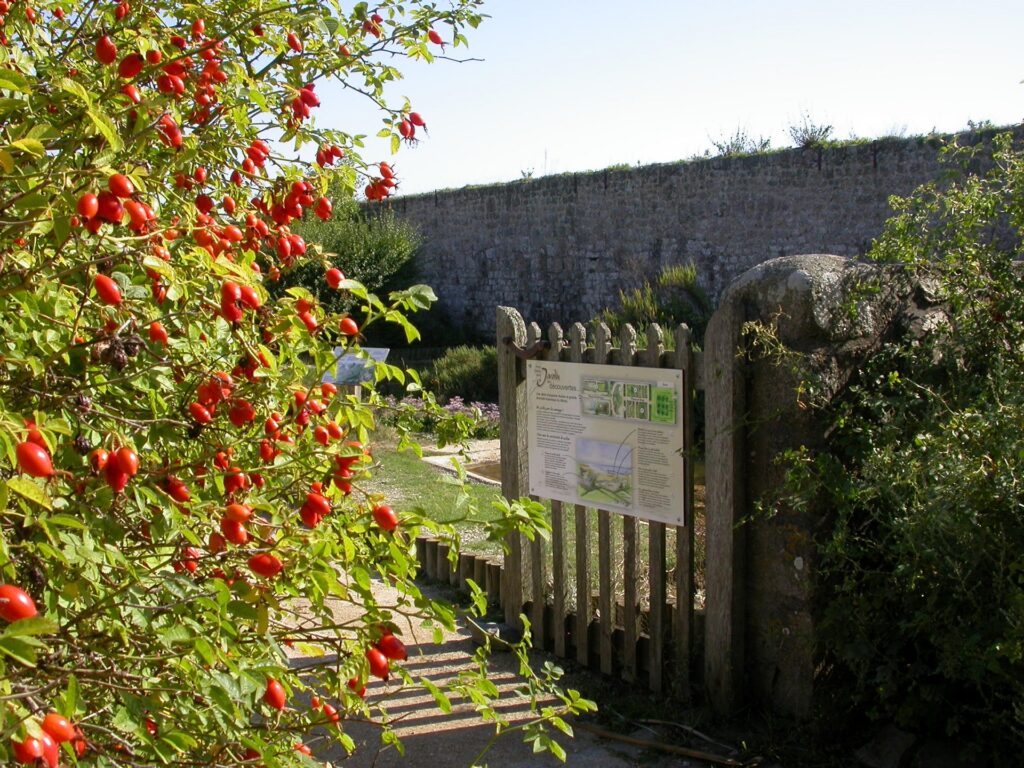
An 800 sq.m. botanical garden, designed in 1994, brings together different natural coastal environments (salt muds, dunes, rocks and sea meadows). Over a small surface area, it thus showcases the full range of coastal flora and the terracing of the vegetation from the seashore all the way to the hedgerows inland. In this garden, the plants are displayed as we might find them in their natural environment, so in interaction with each other. Don’t be surprised, then, to see amidst them what you might mistake for “weeds”! The small botanical garden is like a prelude to the larger maritime garden which also recreates a variety of environments, but here the gardeners have chosen to display the plants in distinct thematic clusters for an easier botanical understanding for everyone.
The Acclimatisation Garden
Drink in the sights and sweet fragrances! There are few native species in this lush and leafy acclimatisation garden. Since no chemicals are used on the island’s gardens, the lawns become covered in daisies and other trefoils in springtime. Behind the lazaretto’s walls, sheltered from the sea spray, there are above all lots of plants harking from the southern hemisphere. You’ll be amazed by the pathways of succulents, aloe beds, Echium pininana and palm trees! With such eye-catching colours and heady fragrances, you’ll feel like you’re in another land!

